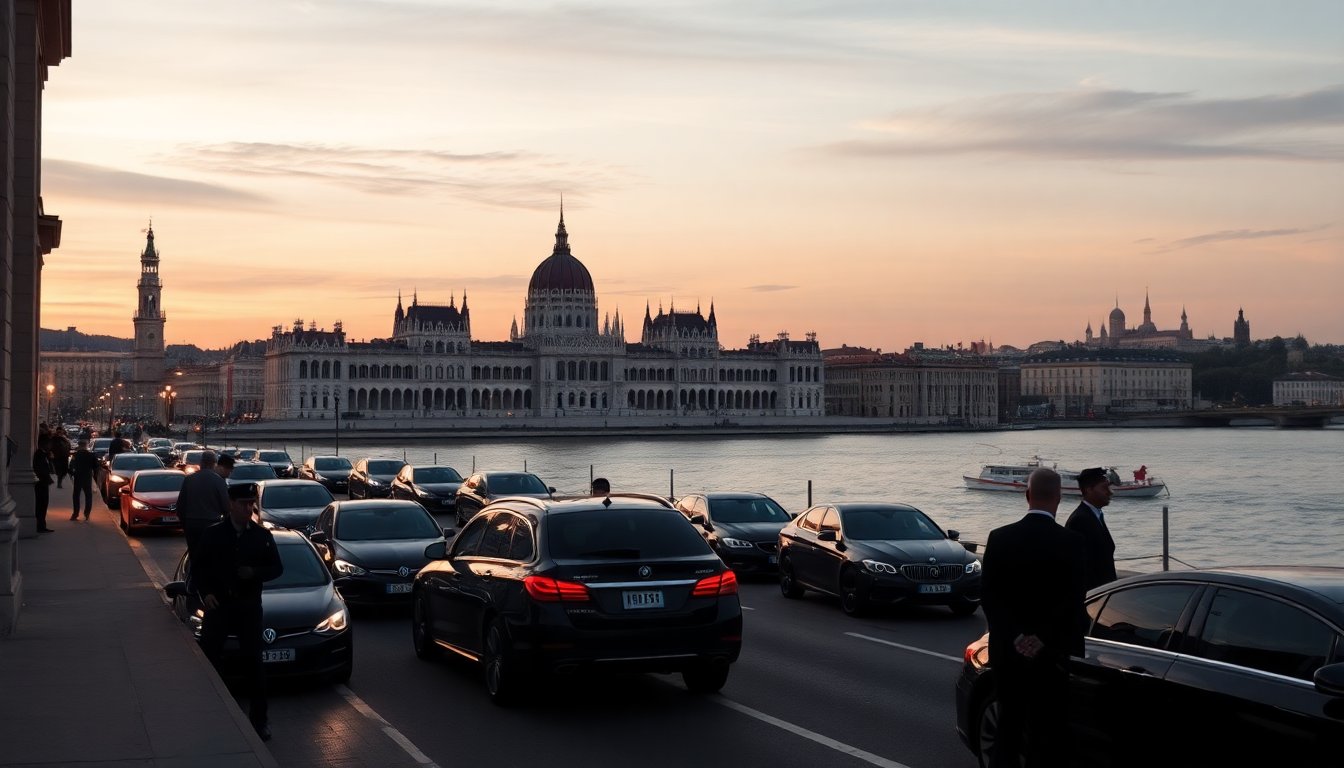Table of Contents
As the world watches closely, the proposed summit between US President Donald Trump and Russian President Vladimir Putin in Budapest is fraught with complexities. The meeting, initially set to be a platform for dialogue, faces multiple geopolitical hurdles, from airspace restrictions to diplomatic tensions. This article delves into the current state of affairs, outlining the main obstacles that could derail this significant event in international relations.
Airspace restrictions and travel logistics
Planning for a presidential trip comes with its own set of challenges. If Putin intends to travel to Budapest, he must first navigate the labyrinth of airspace regulations that currently affect Russian aircraft. Following the EU sanctions imposed on Russia post-Ukraine invasion, all Russian planes are effectively barred from EU airspace. A special permission would be required for Putin’s plane, the modified Ilyushin Il-96, often referred to as the Flying Kremlin, to traverse this restricted zone.
Potential routes and diplomatic negotiations
While the logistical challenges are significant, they are not insurmountable. Options for Putin’s travel include a potential route over non-EU countries, but this might involve lengthy detours. Hungary, being landlocked, complicates direct access from Russia, and any flight plan must consider the permissions from neighboring states. Kremlin spokesperson Dmitry Peskov has indicated a willingness for the summit to proceed, emphasizing that the primary obstacle lies in securing overflight permissions from EU member states.
Moreover, Hungary’s Prime Minister Viktor Orban appears to be a key ally for Putin within the EU framework. Orban has assured that Hungary will facilitate Putin’s entry and safe passage for the summit, stating, “we will of course ensure that he can enter Hungary, hold successful talks here, and then return home.” This statement not only underscores Hungary’s strategic position but also reflects the ongoing diplomatic maneuvering necessary to bring the two leaders together.
The geopolitical landscape and implications
The backdrop of this potential meeting is marked by heightened tensions between Russia and the West, particularly following the events of the past few years. The EU’s sanctions against Russia, which include asset freezes and travel bans for key officials, further complicate the dynamics around the summit. The implications of these tensions are critical, especially considering Putin’s recent designation by the International Criminal Court over allegations related to the conflict in Ukraine.
Responses from the international community
In light of the ongoing situation, the EU has expressed a cautious stance towards facilitating the summit. The European Commission has suggested that any meeting aimed at fostering peace in Ukraine would be welcomed, indicating a potential opening for negotiations. However, the reality remains that the EU’s commitment to sanctions against Russia could create friction in the lead-up to the summit.
The summit’s success hinges not only on travel logistics but also on the broader geopolitical context. Trump’s recent ceasefire proposals have been met with skepticism from the Kremlin, with Russian Foreign Minister Sergei Lavrov outright rejecting the notion of a ceasefire as a viable solution. This dismissal highlights the fundamental differences in objectives between the two leaders and raises questions about the potential for productive dialogue.
Conclusion: The road ahead
As preparations for the Trump-Putin summit continue, the international community remains watchful. The logistical challenges, combined with the complex geopolitical landscape, suggest that while a meeting may be on the horizon, substantial hurdles remain. Both leaders have much to gain from this summit, but they must first navigate the intricate web of diplomatic relations and travel restrictions that currently define their interactions.
Ultimately, the outcome of this summit could reshape the future of US-Russia relations and influence the broader geopolitical balance in Europe. As the date approaches, the focus will undoubtedly intensify on how both leaders approach these formidable challenges and whether they can successfully chart a course toward a more stable and cooperative relationship.


